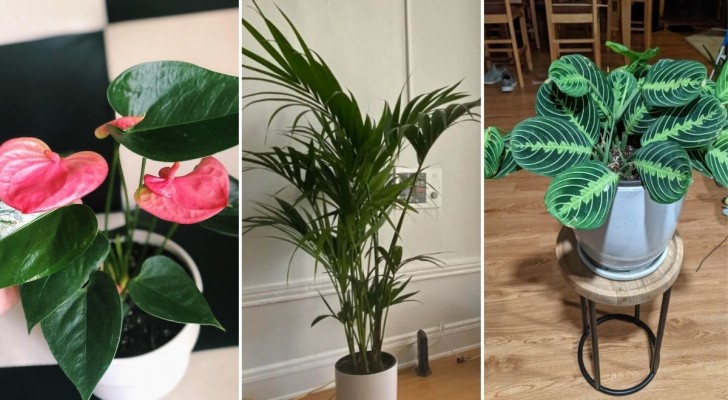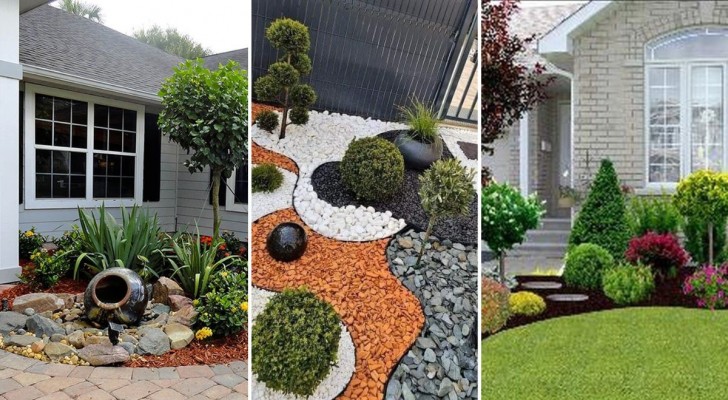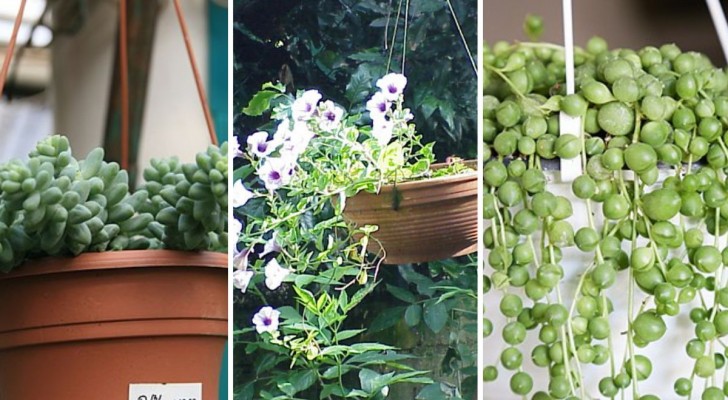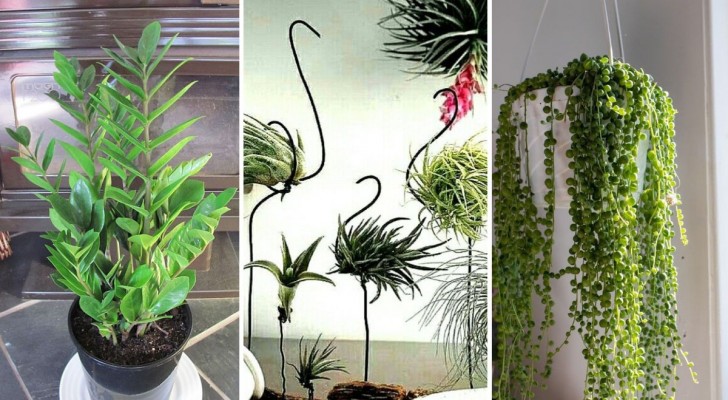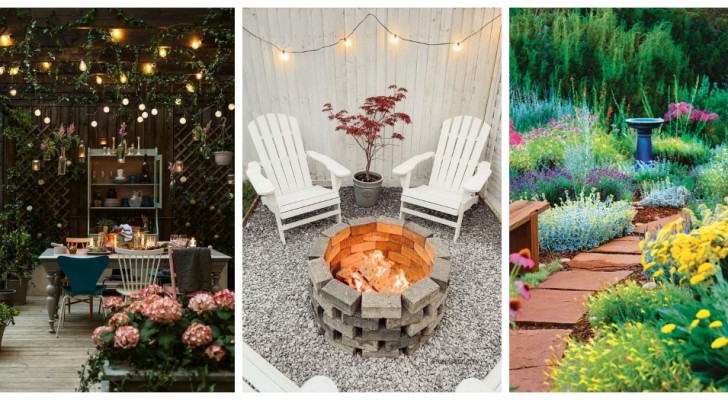Outdoor succulent plants: 10 perfect species to decorate and enrich your terrace
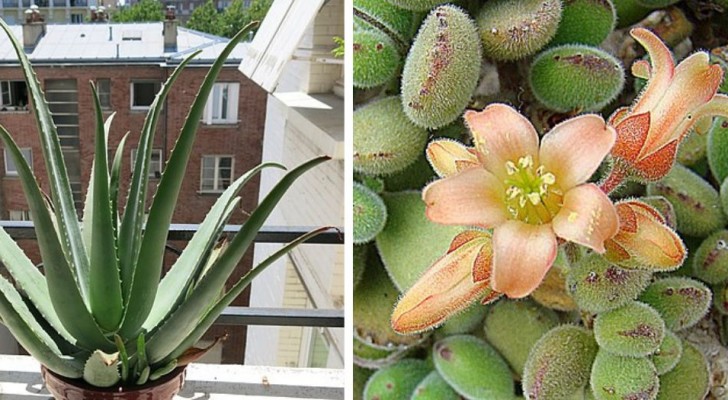
Succulent plants are a favorite of those who would like to add some color to their home without having to remember to water them regularly. It is no coincidence that succulents are the only ones that grow in very arid climates: thanks to their particular physiology, they can store water much longer than other plants, thus resisting even long periods of drought. Some anatomical characteristics unite all species of succulents: the foliage can be fleshy or needle-like and on their surface, there is often hair that inhibits transpiration and the consequent loss of liquids.
Among the different species, some are more suitable for outdoor life than others; then, there are some which are more suitable for decorating our terraces. Let's find out about 10 together:
1. Oscularia deltoid

Krzysztof Ziarnek/Wikimedia Commons
Native to Southern Africa, this plant is suitable for outdoor cultivation in coastal areas and at mild temperatures. It forms large ground cover bushes, making it suitable for growing in pots and rock gardens, and has a spectacular, lightly scented white or pink bloom that can last from early spring to late autumn. Cultivated in pots, it can be sheltered during the winter (it does not like temperatures below 5 degrees) and should be watered regularly - but only when the soil is very dry.
2. Echinopsis
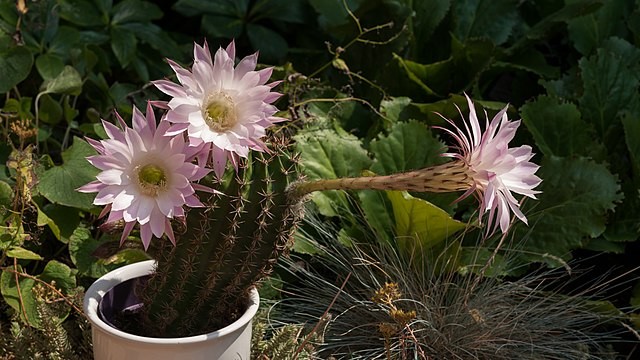
From the cactus family, this plant is much appreciated for its pleasant appearance. In summer, it emits large and showy but short-lasting flowers - white-pink - directly from the stem and not before the third year. It requires a southern exposure direct sunlight. Watering must be done when the soil is dry, paying attention to not overdoing it.
3. Aloe vera
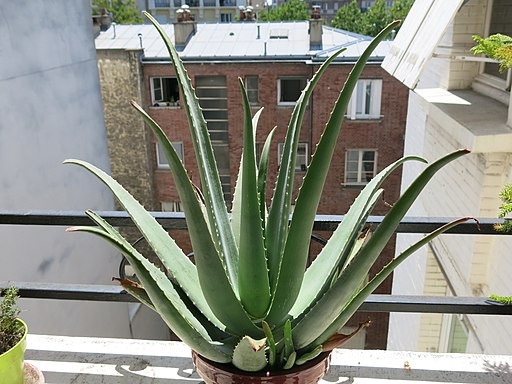
Known for the soothing and refreshing properties of the gel extracted from its leaves, Aloe is a plant native to Africa, which prefers a warm climate and full sun exposure. It is therefore best to shelter it during the winter, even if it tolerates temperatures as low as 0 degrees. Watering must be sporadic, and only when the soil is dry (about once a week in summer, once a month in spring and autumn).
4. Solisina or Mamillaria
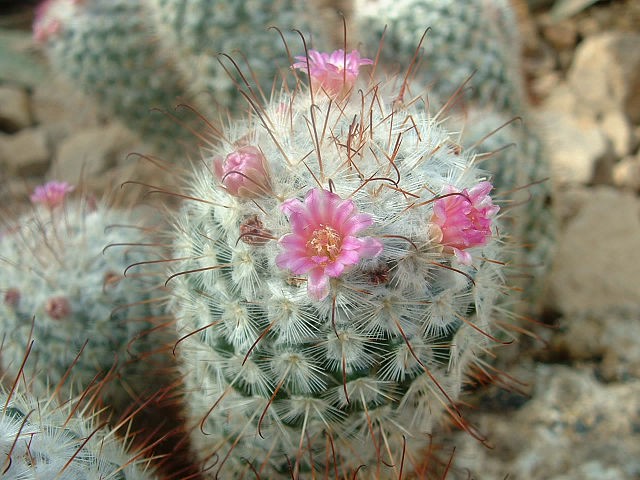
With a usually globose stem and covered with hair, this plant gives a bright pink bloom with shiny petals in summer. It resists temperatures between 4 and 40 degrees and prefers bright exposures (,although in summer it is best to shelter it from direct sunlight). Irrigation should be done only from April to September when the soil is completely dry; be careful not to overdo it, as it can easily rot.
5. San Pedro Cactus

Micah MacAllen/Wikimedia Commons
This is a wonderful cactus with an erect stem, up to a few meters tall. In summer it gives white, fragrant and nocturnal flowers. It should be grown in full sunlight in well-draining soil; in winter it can tolerate temperatures below zero, as long as the soil remains dry.
6. Cotyledon
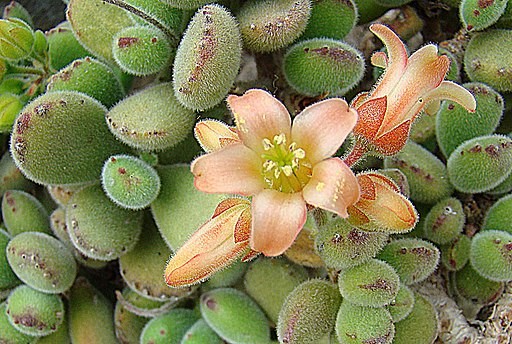
Dick Culbert/Wikimedia Commons
Much appreciated for its fleshy leaves - which are soft to the touch and slightly concave - this plant gives beautiful red, orange or yellow flowers. Also native to Africa, it tolerates temperatures between 10 and 30 degrees and prefers exposure to direct sunlight, which is why it is best to have it facing south. Move it to a semi-shaded place only in summer, when temperatures are excessive. Beware of cold air, which could cause it to lose its leaves.
7. Mother-in-law's pillow
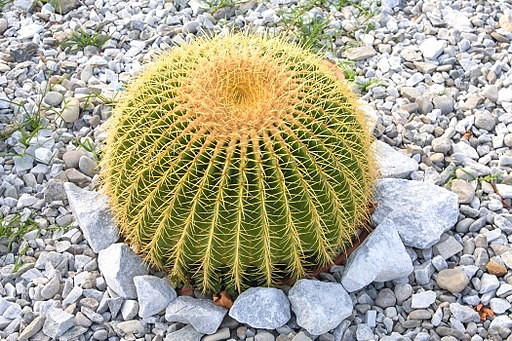
Also known as "Golden Sphere" or "Grusone", Echinocactus grusonii is a cactus similar in looks to a porcupine (hence its scientific name). This plant is very easy to cultivate, is native to Mexico and blooms only after the fifteenth year, with cottony, funnel-shaped yellow flowers. It prefers full sun exposure, except in summer when semi-shading is better. It can withstand temperatures as low as -5 degrees. Watering should be done only in summer, approximately every 20 days.
8. Aeonium
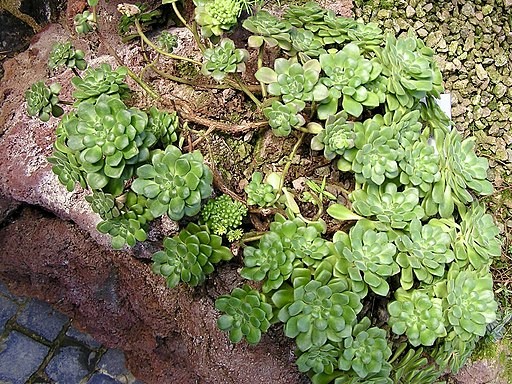
NasserHalaweh/Wikimedia Commons
Aeonium is a genus that includes 35 species with very shiny and waxy leaves, arranged in rosettes. They are very resistant to drought, have very slow growth rate and produce the first flowers after 5 years. They grow best in full sun, taking care to move them into partial shade when the heat is excessive and you need to shelter them when the frost arrives. They love more humidity than other succulents, but never overdo it: in winter they should be irrigated when the top 2 centimeters of soil is dry - in other seasons, only when the soil is completely dry.
9. Prickly pear
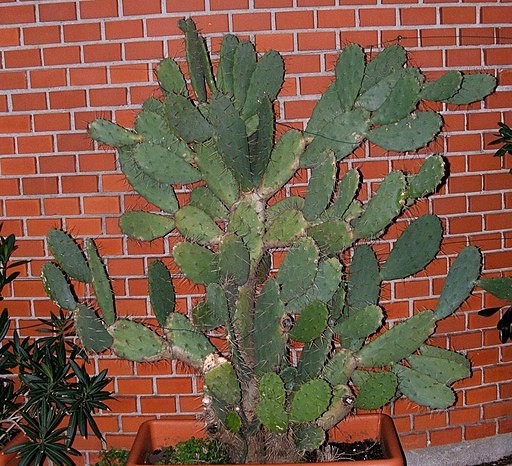
Plants native to Mexico, they are also found in the Mediterranean region and are widely cultivated for their fruit. From spring and throughout the summer they produce flowers directly on their leaves, called "shovels". Due to their rapid growth, frequent repotting is necessary, during which their overall health can be checked. They prefer bright and airy places and must be watered about once a week, paying close attention not to overdo it.
10. Jade Tree

This small succulent tree is popular in homes, offices, public and commercial buildings. It is very easy to both grow and propagate. It blooms in winter, with flowers of an almost invisible pink or white, (when it is 10+ years old). It prefers east or west exposure, with filtered light, and temperatures of no higher than 25 degrees in summer (and no lower than 15 degrees in winter). Irrigation must be sparse: only when the soil is dry for the first 5 cm deep in summer and even less in winter.
Have you chosen your favorite plants for your terrace?
